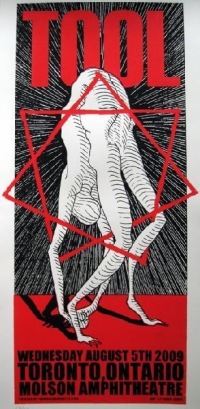
Математическая шутка Как доказать, что ученики ничего не делают Д о к а з а т е л ь с т в о: 1. По
ночам занятий нет, значит, половина суток свободна. Остается 365 – 182 =183 дня. 2. В школе ученики занимаются половину дня, значит, вторая половина (или четвертая часть суток) может быть свободна. Остается 183 – 183 : 4 137 дней. 3. В году 52 воскресенья. Из них на каникулы приходится 15 дней, таким образом выходных в учебном году 52 – 15 = 37 дней. Итого остается 137 – 37 = 100 дней. 4. Но есть ещё каникулы: осенние ( 5 дней), зимние ( 10 дней), весенние ( 7 дней), летние ( 78 дней). Всего 5 +10 + 7 + 78 =100 дней. 5. Итак, школьники заняты в году 100 – 100 = 0 дней. Когда же учиться ?! Где ошибка в рассуждениях? 0
0
 0
0
Ответы на вопрос
 Внимание! Ответы на вопросы дают живые люди. Они могут содержать ошибочную информацию, заблуждения, а также ответы могут быть сгенерированы нейросетями. Будьте внимательны. Если вы уверены, что ответ неверный, нажмите кнопку "Пожаловаться" под ответом.
Внимание! Ответы на вопросы дают живые люди. Они могут содержать ошибочную информацию, заблуждения, а также ответы могут быть сгенерированы нейросетями. Будьте внимательны. Если вы уверены, что ответ неверный, нажмите кнопку "Пожаловаться" под ответом.

 0
0
 0
0

Mathematical Joke: Proving that Students Do Nothing
The mathematical joke you mentioned attempts to prove that students do nothing by making a series of calculations. Let's analyze the reasoning step by step:
1. The claim is made that there are no classes at night, so half of the day is free. It is stated that there are 365 days in a year, so 365 - 182 = 183 days are left.2. It is then claimed that students spend half of the day in school, leaving the other half (or a quarter of the day) free. Therefore, 183 - 183/4 = 137 days are left.3. The joke continues by stating that there are 52 Sundays in a year, and 15 of those days are holidays. Therefore, there are 52 - 15 = 37 days off during the school year. Subtracting this from the previous result, we get 137 - 37 = 100 days.4. The next step is to consider the school vacations: autumn (5 days), winter (10 days), spring (7 days), and summer (78 days). Adding these up, we get a total of 5 + 10 + 7 + 78 = 100 days.5. Finally, it is claimed that students are busy for 100 - 100 = 0 days in a year, leading to the question of when they actually study.
Identifying the Error in the Reasoning
While the joke may seem amusing, it is based on flawed reasoning. The error lies in the assumption that the different periods of time mentioned (days, half-days, and quarters of days) can be added and subtracted directly. However, time cannot be treated as a simple arithmetic quantity in this way.
In reality, students have a structured schedule that includes both class time and study time. The calculations in the joke do not accurately represent the actual time spent on education.
It's important to remember that this joke is meant to be humorous and not a valid mathematical argument. The purpose is to playfully highlight the perception that students may not always appear to be actively engaged in learning.
If you have any more questions or need further clarification, feel free to ask!
 0
0
 0
0
Топ вопросов за вчера в категории Алгебра
Последние заданные вопросы в категории Алгебра
-
Математика
-
Литература
-
Алгебра
-
Русский язык
-
Геометрия
-
Английский язык
-
Химия
-
Физика
-
Биология
-
Другие предметы
-
История
-
Обществознание
-
Окружающий мир
-
География
-
Українська мова
-
Информатика
-
Українська література
-
Қазақ тiлi
-
Экономика
-
Музыка
-
Право
-
Беларуская мова
-
Французский язык
-
Немецкий язык
-
МХК
-
ОБЖ
-
Психология
-
Физкультура и спорт
-
Астрономия
-
Кыргыз тили
-
Оʻzbek tili





















